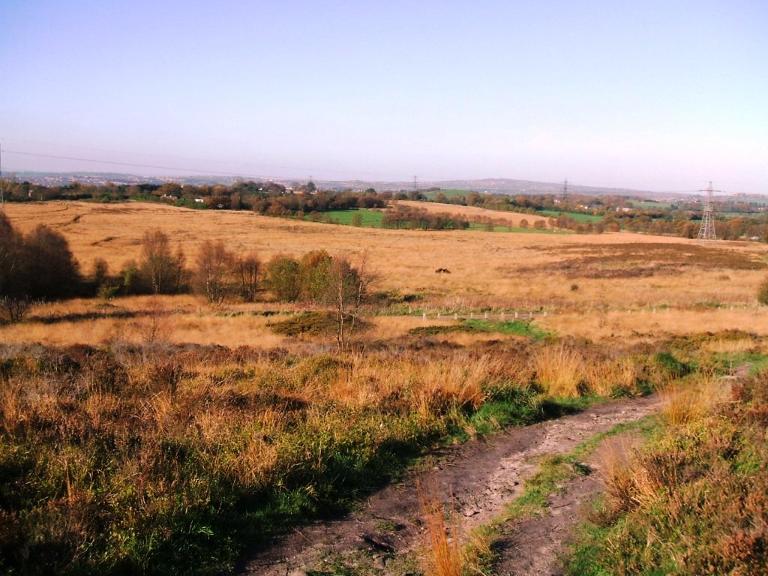Cows come home to help conserve Wetley Moor

Cattle will be returning to Wetley Moor this spring as a conservation grazing scheme is introduced to help restore the internationally important site for rare heathland plants and animals.
Staffordshire Moorlands District Council is responsible for maintaining the wildlife interest at Wetley Moor due to its designation as a Site of Special Scientific Interest (SSSI) and grazing is advised by Natural England as the best method to achieve this.
An innovative invisible fencing system is being installed at boundary points where there is no existing fencing. Cattle are trained to recognise cues from a buried antenna wire.
Public access arrangements will continue unchanged and signs at access points will inform the public of grazing. Visitors to Wetley Moor are asked not to approach the cattle or feed them and to keep their dogs under close control.
The signs are being installed from this week and the grazing scheme will start next month. Staff will be on-site to offer information to visitors and dog walkers as the cattle are introduced.
The conservation grazing scheme complements the other habitat work currently being carried out to restore heathland including mechanical scrub control, turf stripping, heather seeding and gorse coppicing.
The project is endorsed by the District Council and Stoke-on-Trent City Council through the Wetley Moor Joint Committee (WMJC), the site-managing body and Natural England. It is supported by Wetley Moor Consultative Panel which represents a wide cross section of the local community and interest groups and advises WMJC.
Heathland is a culturally important local landscape and a priority habitat for conservation in the UK. The remaining sites are of international importance for biodiversity.
Heathlands were created 4,000 years ago when land was cleared of trees for grazing. The area covered by heathland in the UK has declined by 70% in the last 200 years and the quality of remaining sites has deteriorated due to a lack of grazing.




